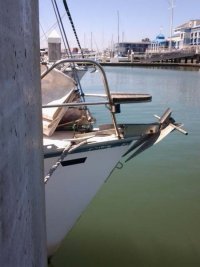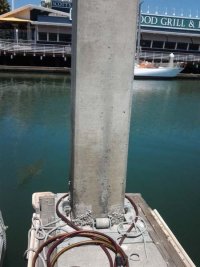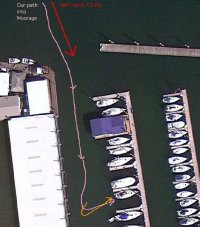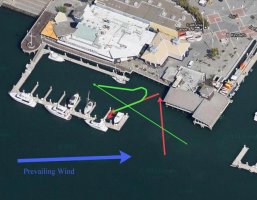adam
Member III
I'm about to move my Ericson 29 to a new marina (Jack London Square in Oakland).
I'm looking for advice on how to best pull into a double-finger slip, that is generally on the windward side.
If I approach too slowly, I'll get pushed by the wind into the neighboring boat.
If I approach too quickly, I'll crash into the dock.
Pulling forward quickly, and then hitting reverse hard after crew is on the dock could work. But that's impossible if I'm docking solo.
So... I'd really appreciate any advice on how to best do this.
Thanks!
I'm looking for advice on how to best pull into a double-finger slip, that is generally on the windward side.
If I approach too slowly, I'll get pushed by the wind into the neighboring boat.
If I approach too quickly, I'll crash into the dock.
Pulling forward quickly, and then hitting reverse hard after crew is on the dock could work. But that's impossible if I'm docking solo.
So... I'd really appreciate any advice on how to best do this.
Thanks!






